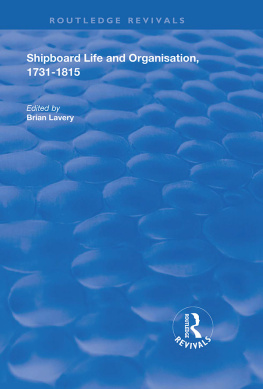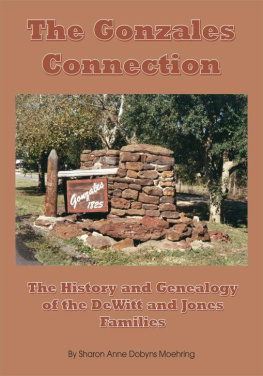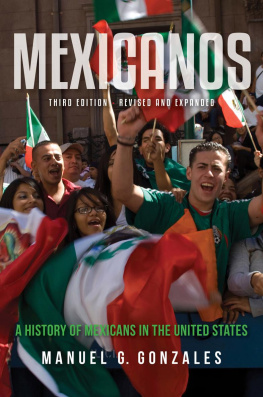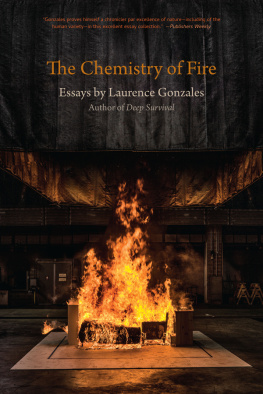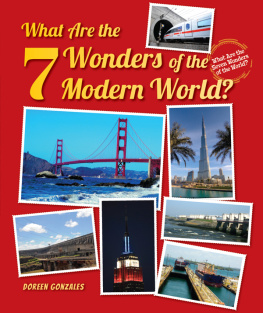INTRODUCTION.
Don Manoel Gonzales is the assumed name of the writer of a Voyage to Great Britain, containing an Account of England and Scotland, which was first printed in the first of the two folio volumes of A Collection of Voyages and Travels, compiled from the Library of the Earl of Oxford (Robert Harley, who died in 1724, but whose industry in collection was continued by his son Edward, the second Earl), interspersed and illustrated with Notes. These volumes, known as the Harleian Collection, were published in 1745 and 1746. The narrative was reproduced early in the present century in the second of the seventeen quartos of John Pinkertons General Collection of the best and the most interesting Voyages and Travels of the World (18081814), from which this account of London is taken. The writer does here, no doubt, keep up his character of Portuguese by a light allusion to our extensive city of Lisbon, but he forgets to show his nationality when speaking of Portugal among the countries with which London has trade, and he writes of London altogether like one to the City born, when he describes its inner life together with its institutions and its buildings.
The book is one of those that have been attributed to Defoe, who died in 1731, and the London it describes was dated by Pinkerton in the last year of Defoes life. This is also the latest date to be found in the narrative. On page 93 of this volume, old buildings at St. Bartholomews are said to have been pulled down in the year 1731, and a magnificent pile erected in the room of them, about 150 feet in length, faced with a pure white stone, besides other additions now building. That passage was written, therefore, after 1731, and could not possibly have been written by Defoe. But if the book was in Robert Harleys collection, and not one of the additions made by his son the second earl, the main body of the account of London must be of a date earlier than the first earls death in 1724. Note, for instance, the references on pages 27, 28, to the late Queen Mary, and to her Majesty Queen Anne, as if Anne were living. It would afterwards have been brought to date of publication by additions made in or before 1745. The writer, whoever he may have been, was an able man, who joined to the detail of a guide-book the clear observation of one who writes like an educated and not untravelled London merchant, giving a description of his native town as it was in the reign of George the First, with addition of a later touch or two from the beginning of the reign of George the Second.
His London is London of the time when Pope published his translation of the Iliad, and was nettled at the report that Addison, at Buttons Coffee House, had given to Tickells little venture in the same direction the praise of having more in it of Homers fire. Buttons Coffee House was of Addisons foundation, for the benefit of Daniel Button, an old steward of the Countess of Warwicks, whom he had settled there in 1812. It was in Russell Street, Covent Garden, and Addison brought the wits to it by using it himself. Don Manoel Gonzales describes very clearly in the latter part of this account of London, the manner of using taverns and coffee-houses by the Londoners of his days, and other ways of life with high and low. It is noticeable, however, that his glance does not include the ways of men of letters. His four orders of society are, the noblemen and gentlemen, whose wives breakfast at twelve; the merchants and richer tradesmen; after whom he places the lawyers and doctors; whose professional class is followed by that of the small tradesmen, costermongers, and other people of the lower orders. This, and the clearness of detail upon London commerce, may strengthen the general impression that the description comes rather from a shrewd, clear-headed, and successful merchant than from a man of letters.
The London described is that of Addison who died in 1719, of Steele who died in 1729, of Pope who died in 1744. It is the London into which Samuel Johnson came in 1738, at the age of twenty-nineseven years before the manuscript of Manoel de Gonzales appeared in print. How different a place, said Johnson, London is to different people; but the intellectual man is struck with it as comprehending the whole of human life in all its variety, the contemplation of which is inexhaustible. Its hard features were shown in the poem entitled Londonan imitation of the third satire of Juvenalwith which Johnson began his career in the great city, pressed by poverty, but not to be subdued:
By numbers here from shame or censure free,
All crimes are safe but hated poverty.
This, only this, the rigid law pursues,
This, only this, provokes the snarling Muse.
The sober trader, at a tattered cloak,
Wakes from his dream and labours for a joke;
With brisker air the silken courtiers gaze,
And turn the varied taunt a thousand ways.
Of all the griefs that harass the distressed,
Sure the most bitter is a scornful jest;
Fate never wounds more deep the generous heart
Than when a blockheads insult points the dart.
When Don Manoels account of London was written the fashionable world was only beginning to migrate from Covent Gardenonce a garden belonging to the Convent of Westminster, and the first London square inhabited by persons of rank and fashionto Grosvenor Square, of which Don Manoel describes the new glories. They included a gilt equestrian statue of King George I. in the middle of its garden, to say nothing of kitchen areas to its houses, then unusual enough to need special description: To the kitchens and offices, which have little paved yards with vaults before them, they descend by twelve or fifteen steps, and these yards are defended by a high palisade of iron. Altogether, we are told, Grosvenor Square may well be looked upon as the beauty of the town, and those who have not seen it cannot have an adequate idea of the place.
But Covent Garden is named by Don Manoel Gonzales, with St. Jamess Park, as a gathering-place of the London world of fashion. The neighbouring streets, it may be added, had many coffee-houses, wine-cellars, fruit and jelly shops; fruit, flowers, and herbs were sold in its central space; and one large woman thoughtfully considering the fashion of the place, sat at her stall in a lace dress of which the lowest estimate was that it must have cost a hundred guineas.
H. M.
LONDON IN 1731.
CONTAINING A DESCRIPTION OF THE CITY OF LONDON; BOTH IN REGARD TO ITS EXTENT, BUILDINGS, GOVERNMENT, TRADE, ETC.
London , the capital of the kingdom of England, taken in its largest extent, comprehends the cities of London and Westminster, with their respective suburbs, and the borough of Southwark, with the buildings contiguous thereto on the south side of the river, both on the east and west sides of the bridge.
The length thereof, if we measure in a direct line from Hyde Park gate, on the west side of Grosvenor Square, to the farthest buildings that are contiguous in Limehouse, that is, from west to east, is very near five miles in a direct line; but if we take in the turnings and windings of the streets, it cannot be less than six miles. The breadth in many places from north to south is about two miles and a half, but in others not above a mile and a half; the circumference of the whole being about sixteen miles.







